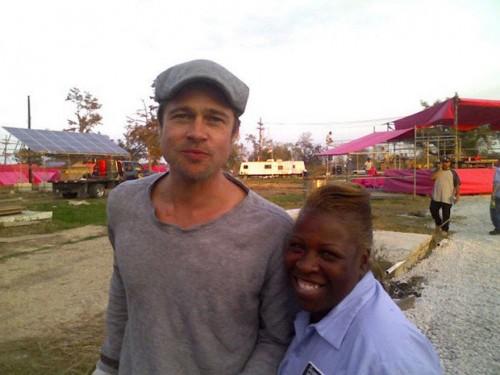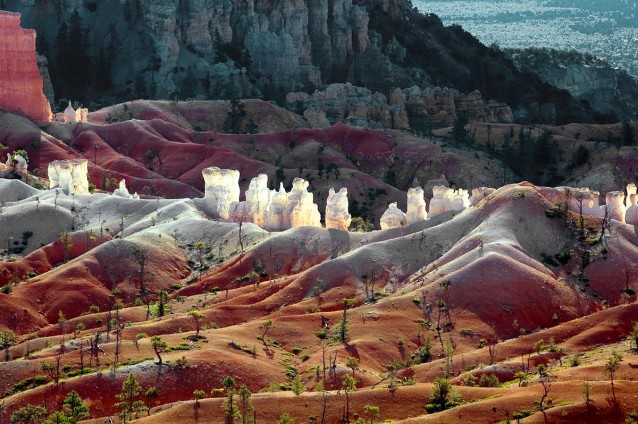By Noah Haglund, The Herald
EVERETT — Snohomish County has started mailing millions of dollars in property-tax refunds to building owners on tribal land, as a result of a court case with nationwide implications.
Big-box retailers such as Wal-Mart and Home Depot at the Tulalip Tribes’ Quil Ceda Village along I-5, plus some 1,200 homeowners, are in line for about $5 million in combined payments, county officials said
The money will come out of budgets for schools, fire departments and other taxing districts.
Local governments stand to recoup some lost revenue, but property owners who aren’t exempt from the ruling will be left with a larger share of the future tax burden.
“That will be a shift,” county Assessor Cindy Portmann said.
The changes under way here, and elsewhere in Washington, stem from a legal fight over a resort in Thurston County.
Thurston County had been collecting property taxes on Great Wolf Lodge, the water park resort midway between Seattle and Portland. Great Wolf Lodge occupies federal land held in trust for the Chehalis Tribe, which owns 51 percent of the local partnership.
Thurston County started assessing property taxes on the resort buildings in 2007. In 2008, the year the resort opened, the Chehalis Tribe sued, arguing the property should be exempt from property taxes. Though the tribe lost an initial battle in federal district court, the 9th U.S. Circuit Court of Appeals last year decided in its favor.
Tulalip tribal leaders view the court’s decision as a long-overdue correction to an injustice.
“(It’s) a great victory for Indian Country for the federal government to finally recognize its obligations under the treaties they established with Indian nations giving us the right to exist as sovereign nations,” said Les Parks, vice chairman of the tribes’ Board of Directors.
A 1955 federal law established that sovereign Indian nations are exempt from paying local or state taxes on federal lands held in trust for tribes. As a result, the land itself was exempt from county property taxes. Buildings and other improvements on that land also were considered exempt, if owned by Indians.
That wasn’t the case for buildings and other improvements owned by non-Indians. Counties considered that property taxable, and acted accordingly.
Last year’s federal court decision stopped that practice. It made property taxation uniform on the trust lands, regardless of who owns any buildings.
County assessors in Washington are just now figuring out how to comply.
The Snohomish County Assessor’s Office estimates that the change will remove nearly $106 million from this year’s tax rolls.
The approximately 1,400 taxpayers in line for a refund include Seattle Premium Outlets, Wal-Mart and Home Depot, among other businesses located on Tulalip tribal land fronting I-5. Of the total, some 1,200 are homeowners, including non-tribal residents living on leased land around Tulalip Bay. What they have in common is that none are tribal members but all own improvements — mainly buildings — on land that the federal government holds in trust for the tribes.
“The buildings were taxable, but now they are exempt,” Portmann said.
The court decision is retroactive to the second half of 2011. It covers any 2014 property taxes already paid to the county.
Commercial properties on Tulalip property along I-5 are owed nearly $2.7 million combined, treasurer Kirke Sievers said. The total does not include the Tulalip Resort or Cabela’s buildings, which are owned by the Tulalips and were previously considered exempt.
A typical homeowner with one of the affected properties could receive a $2,500 refund for the three years.
“That’s strictly an eyeball look at what I’m seeing going across my desk,” Sievers said.
The treasurer said it likely will take his staff a few months to complete mailing all of the refunds.
The revenues now being returned had been collected for fire protection, education, libraries and a host of other countywide services.
The Marysville School District could take the biggest financial hit — up to $2 million — for the three years. The Marysville Fire District could lose up to $500,000. Fire District 15, covering the Tulalip area, could be out $150,000.
Some districts have the ability to recoup the revenue in 2015 — but it would be borne by taxpayers in the form of higher bills. The potential revenue estimates are worst-case scenarios, because county hasn’t had time to calculate variables such as delinquent payments and exemptions.
A refund levy allows taxing districts to raise their levy amounts to recover past losses, if they don’t exceed their maximum rate.
The Marysville School District expects to make up most, if not all of its lost revenue through a refund levy, said Jim Baker, executive director for finance and operations.
“This issue should be a short-term ‘cash flow’ issue not a total loss of local property taxes for the district,” Baker wrote in an email.
The Marysville Fire District, on the other hand, probably doesn’t have enough levy capacity to make up much of its loss.
“We know we won’t be able to get all of it back,” finance manager Chelsie Reece said.
The Tulalip Tribes want to work with affected districts to help manage any negative impacts, Parks said.
“We’re all partners in the same community,” he said. “We’ll fully research what the impacts are going to be and minimize those impacts.”
The tribal government hopes to set up its own assessor’s office over the next few months to start collecting property taxes for government services, Parks said. Though they could have assessed property taxes in past years, he said, they opted against it to avoid double-taxing property owners.
 some native beats to enjoy, visit the links below. Both stations play 24/7 and can be listened to on either a PC or on your smart phone (there’s an app).
some native beats to enjoy, visit the links below. Both stations play 24/7 and can be listened to on either a PC or on your smart phone (there’s an app).









